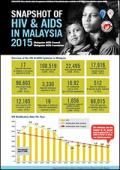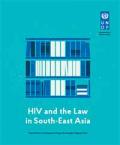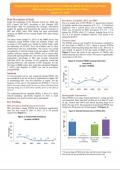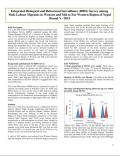Publications on Key Populations

Resource | Fact Sheets,
The 2015 Afghanistan Demographic and Health Survey (AfDHS) provides data for monitoring the health situation of the population in Afghanistan. The survey is based on a nationally representative sample. It provides estimates at the national and provincial levels, as well as for urban and rural areas.














